Last Updated on August 25, 2023 by Dee
In the vast realm of artistry, sometimes it’s the smallest drawings that leave the biggest impressions. Whether you’re a seasoned artist seeking a quick creative outlet or a beginner looking to practice with more manageable projects, smaller sketches can be both delightful and challenging.
Welcome to “50+ Small Drawing Ideas,” where we’ll dive into a collection of inspirations designed to ignite your artistic flames.
Whether you have just five minutes or a full hour, these bite-sized concepts are tailored to fit snugly into your sketchbook and daily routine.
So grab your pencils, and let’s embark on this mini artistic adventure together! 🎨✏️
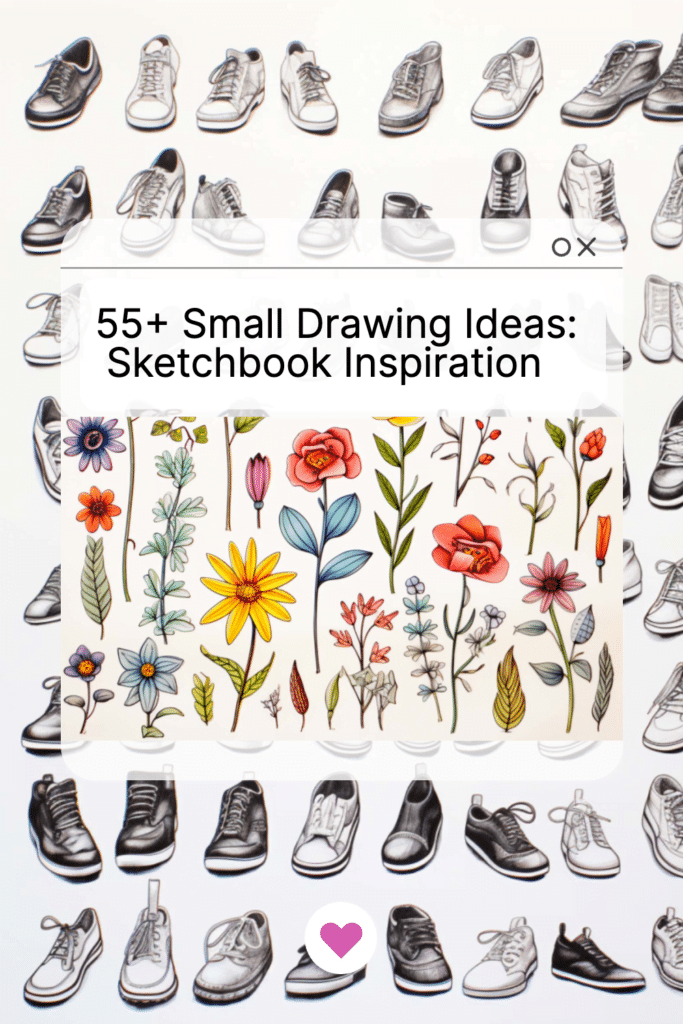
Getting Started
If you’re new to drawing, it can be overwhelming to know where to start. But don’t worry, getting started is easier than you think!
In this section, we’ll cover the basics of choosing your drawing tools and setting up your sketchbook.
Choosing Your Drawing Tools
Before you start drawing, you’ll need to choose your drawing tools. As a beginner, it’s best to start with simple tools that are easy to use. Here are some options to consider:
- Pen and Paper: This is one of the simplest and most accessible options. All you need is a pen and a piece of paper, and you’re ready to start drawing! Choose a pen that feels comfortable in your hand and a paper that is smooth and easy to draw on.
- Pencil and Paper: Another simple option is a pencil and paper. Pencils are great for sketching and can be erased easily if you make a mistake. Choose a pencil that feels comfortable in your hand and a paper that is smooth and easy to draw on.
- Sketchbook: If you want to keep all your drawings in one place, consider using a sketchbook. Sketchbooks come in a variety of sizes and styles, so choose one that works best for you.
Setting Up Your Sketchbook
Once you’ve chosen your drawing tools, it’s time to set up your sketchbook. Here are some tips to get you started:
- Number Your Pages: Numbering your pages will help you keep track of your drawings and make it easier to find them later.
- Practice: Don’t be afraid to practice! The more you draw, the better you’ll get. Set aside some time each day to practice your drawing skills.
- Experiment: Try out different drawing techniques and styles. Don’t be afraid to experiment and see what works best for you.
Remember, the most important thing is to have fun! Drawing is a great way to express yourself and improve your skills.
55+ Small Drawing Ideas
If you are just starting out with drawing, it can be overwhelming to decide what to draw.
Here are some easy drawing ideas for beginners that will help you get started.
Drawing Simple Shapes
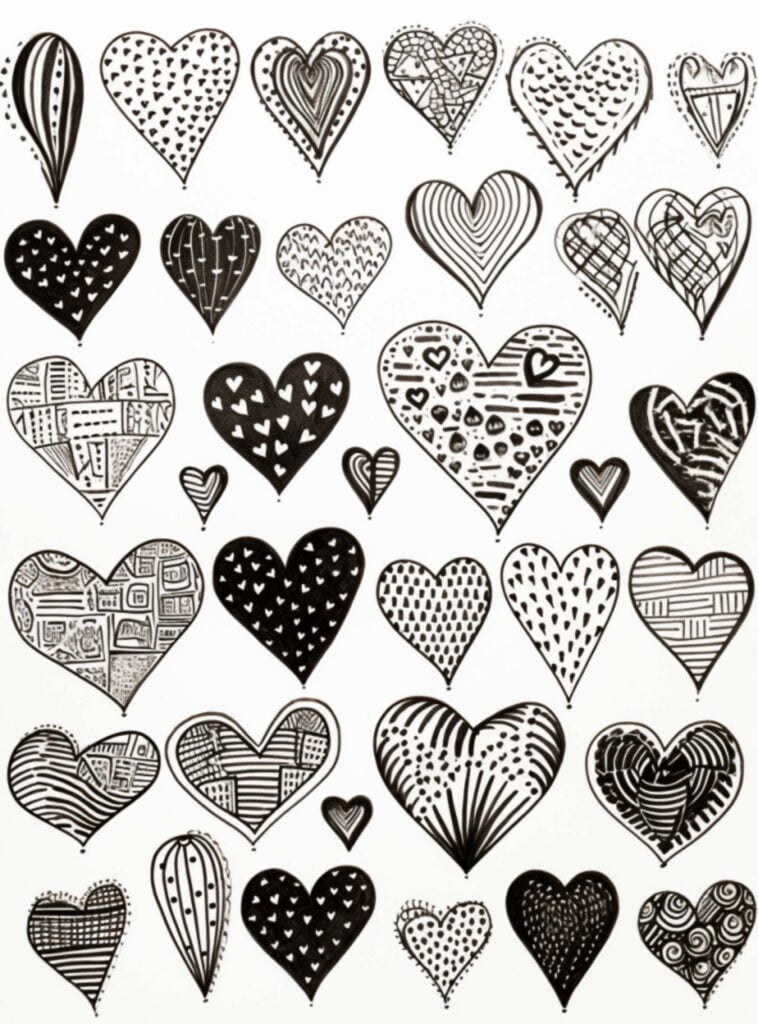
Drawing simple shapes is a great way to get started with drawing. You can draw circles, squares, triangles, and other basic shapes. Matching hearts make perfect mother-daughter tattoos!
Once you get comfortable with drawing these shapes, you can start combining them to create more complex drawings.
Drawing Everyday Objects
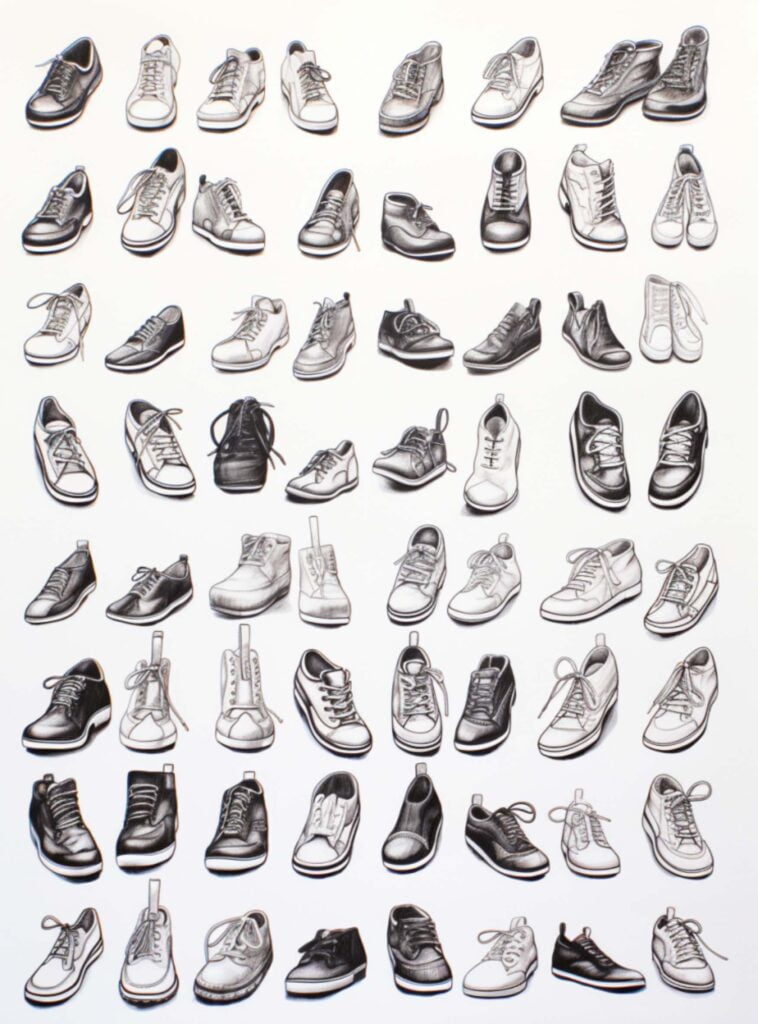
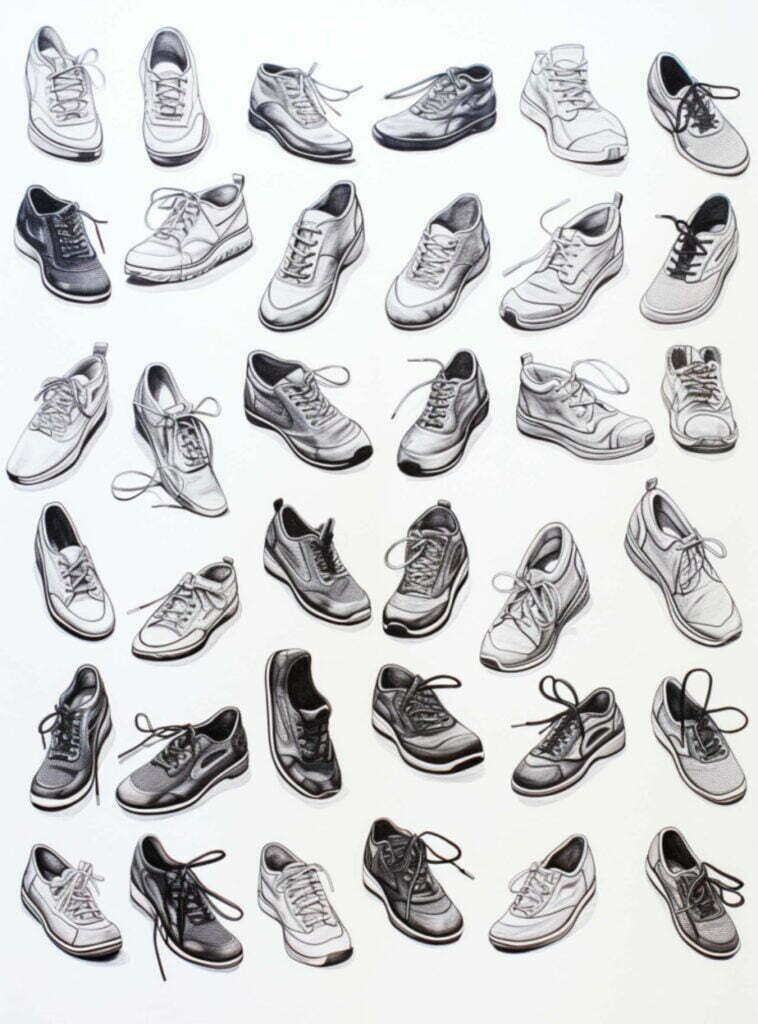
Another easy drawing idea for beginners is to draw everyday objects. You can draw a cup, a book, a phone, or anything else that you see around you.
Start with simple objects and then move on to more complex ones.
Drawing Nature
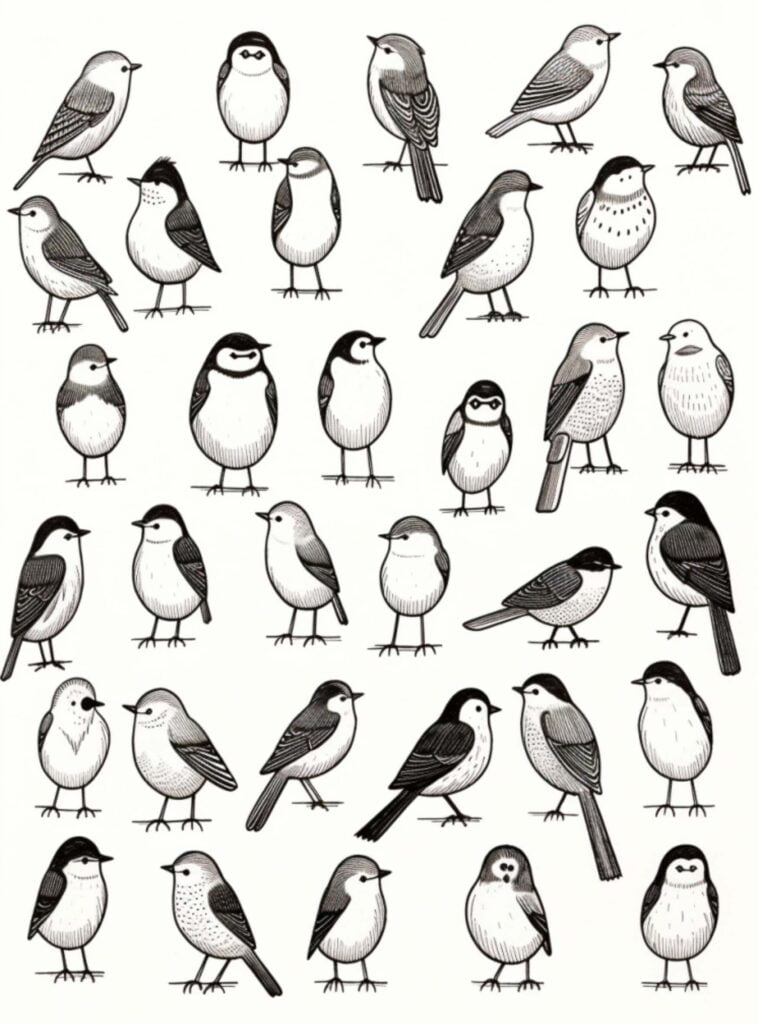
Nature is a great source of inspiration for drawing. You can draw flowers, trees, leaves, and other natural objects.
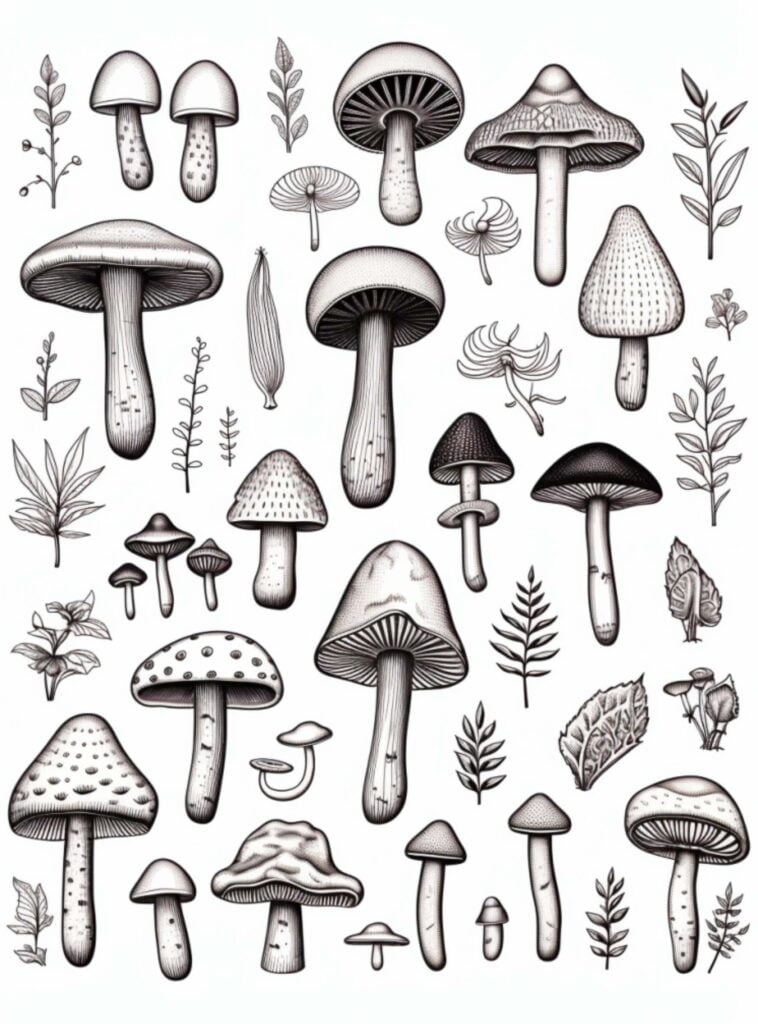
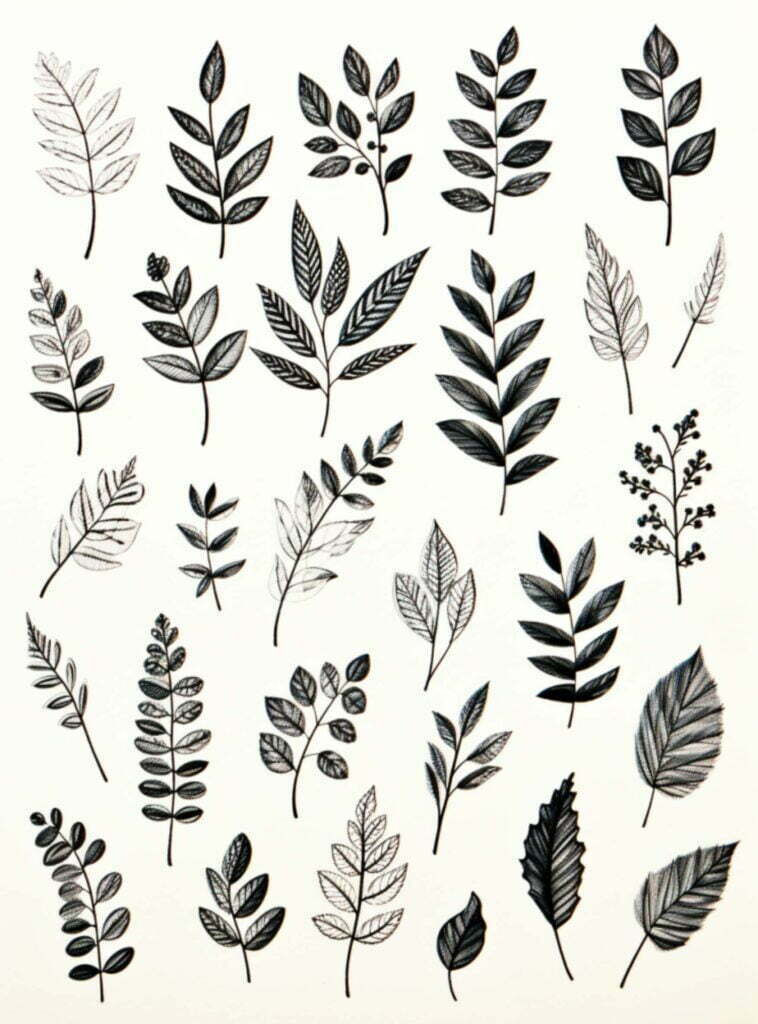
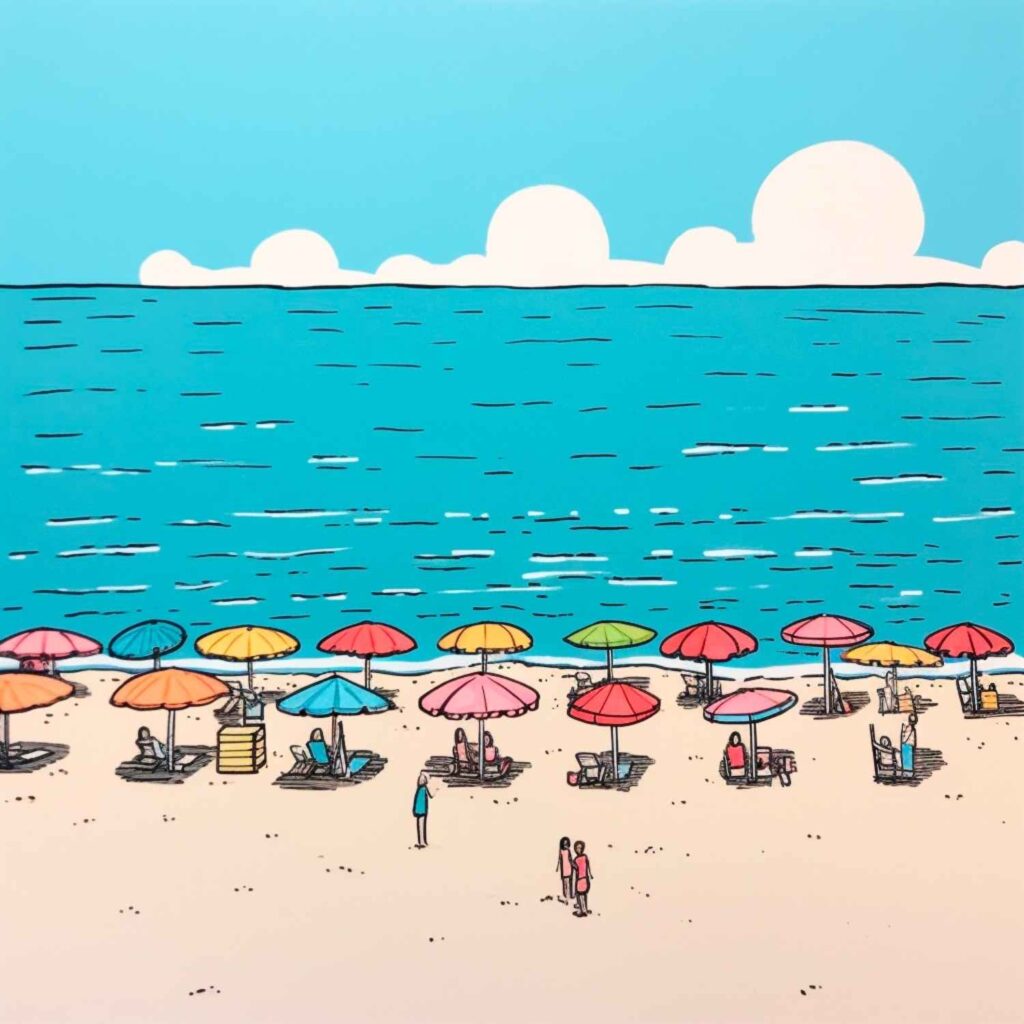
If you live near a beach, you can draw the sea, the sand, and the waves. You can also draw the sun and the moon, which are easy and fun nature drawing ideas.
Remember, the key to getting better at drawing is to practice. Start with simple drawings and then move on to more complex ones.
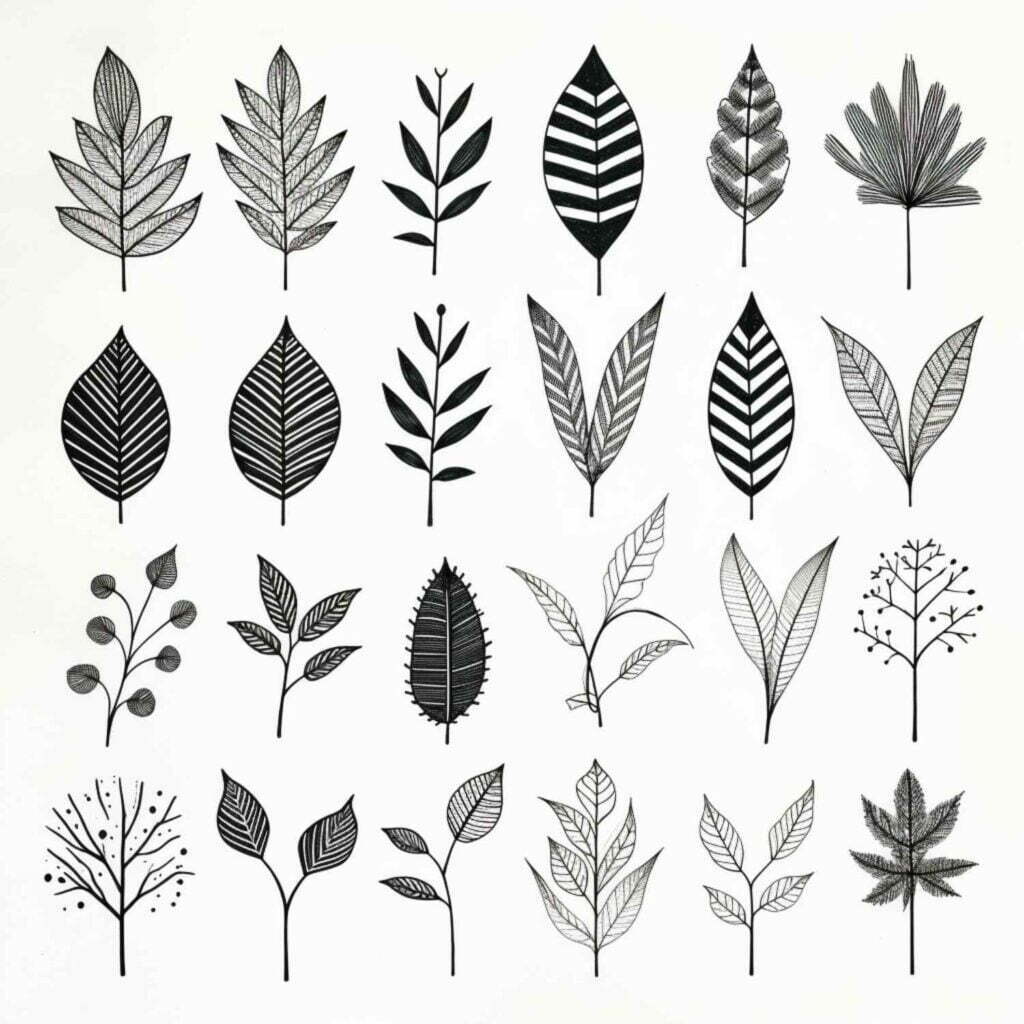
Don’t worry about making mistakes, as they are a natural part of the learning process.
Drawing People and Animals
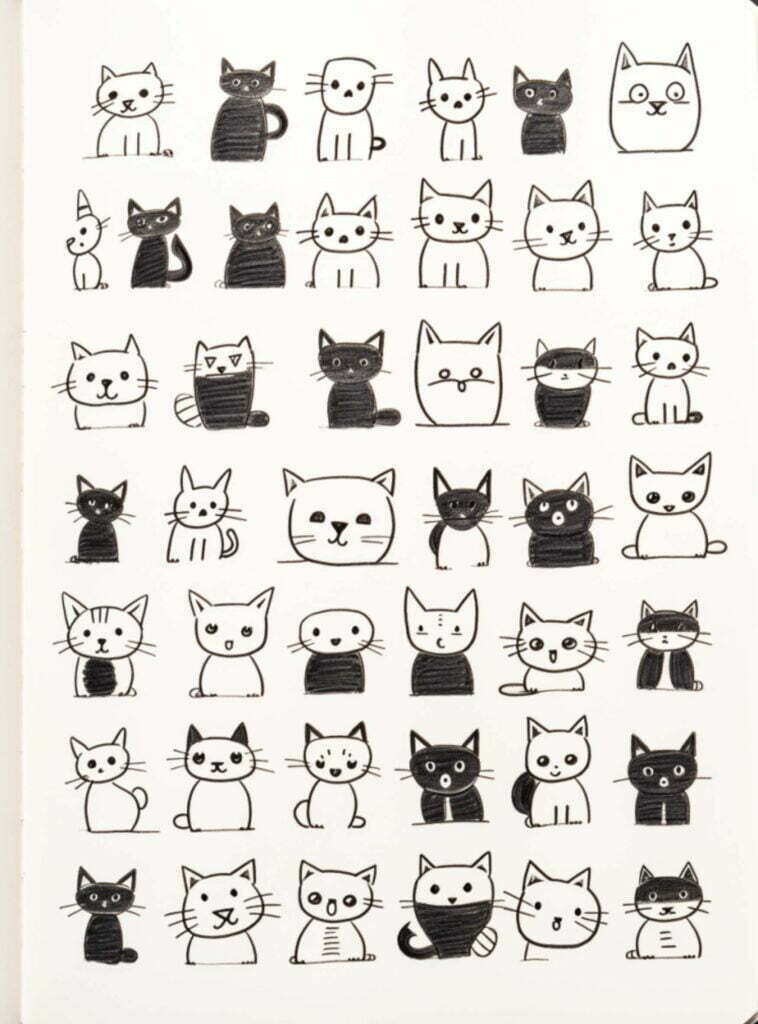
If you’re looking for life drawing ideas, drawing people and animals is a great place to start.

You can create cute and fun characters with just a few simple shapes and lines.
Here are some sub-sections to help you get started:
Drawing Faces and Body Parts
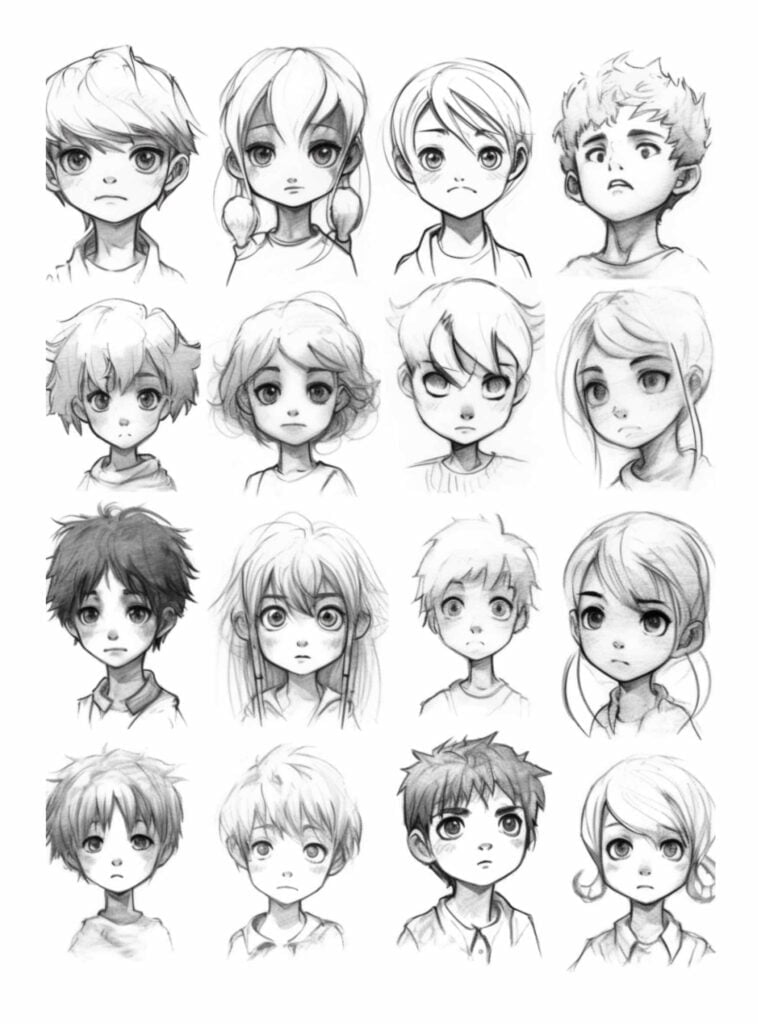
When drawing faces, start with the eyes. They are the most expressive part of the face. Try a side profile drawing for a different angle.
You can draw them big and round for a cute look, or narrow and slanted for a more serious look.
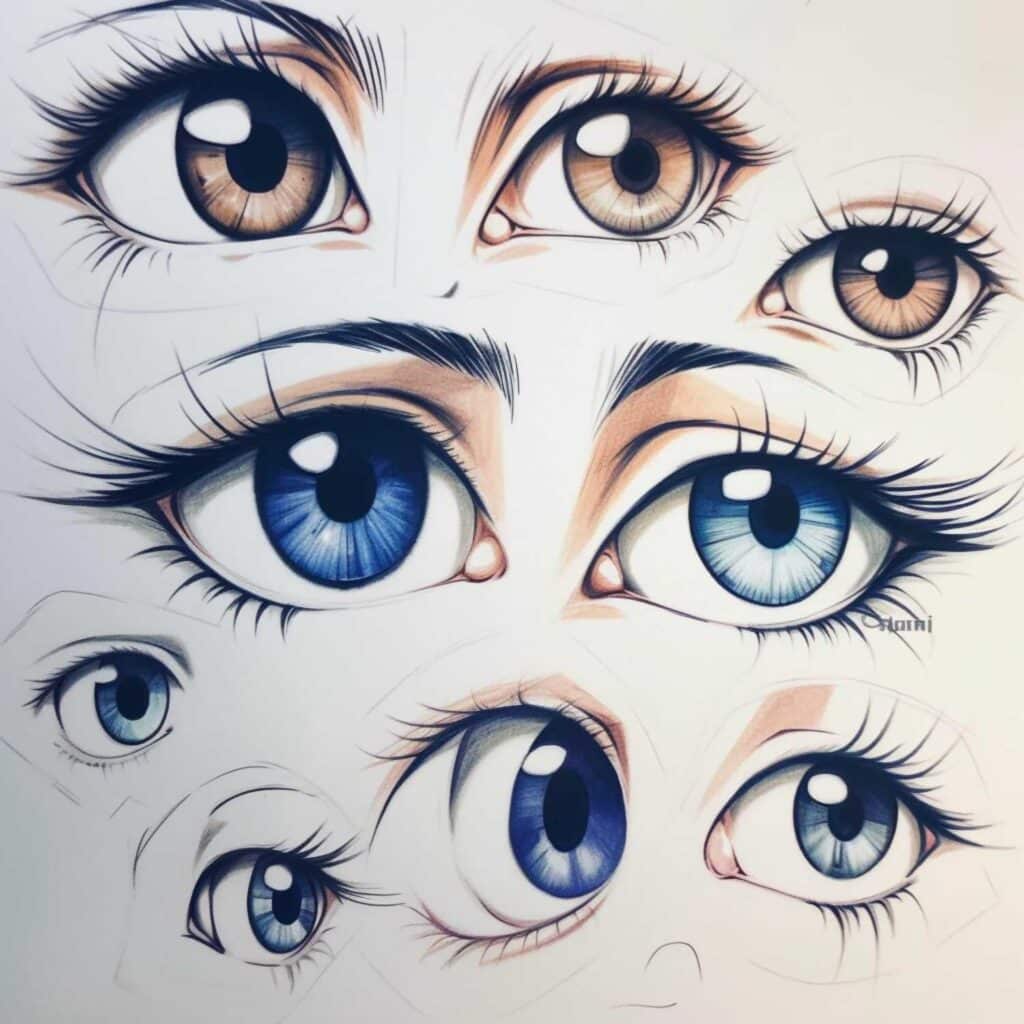
Next, draw the nose and mouth. Keep them simple, with just a few lines. Then, add the eyebrows and any other details you want, like freckles or glasses.
When drawing body parts, start with the hands and feet. They can be tricky to draw, but with a little practice, you can make them look great.
Draw the basic shape first, then add the fingers or toes. Don’t forget to add shading to give them depth.
Drawing Animals
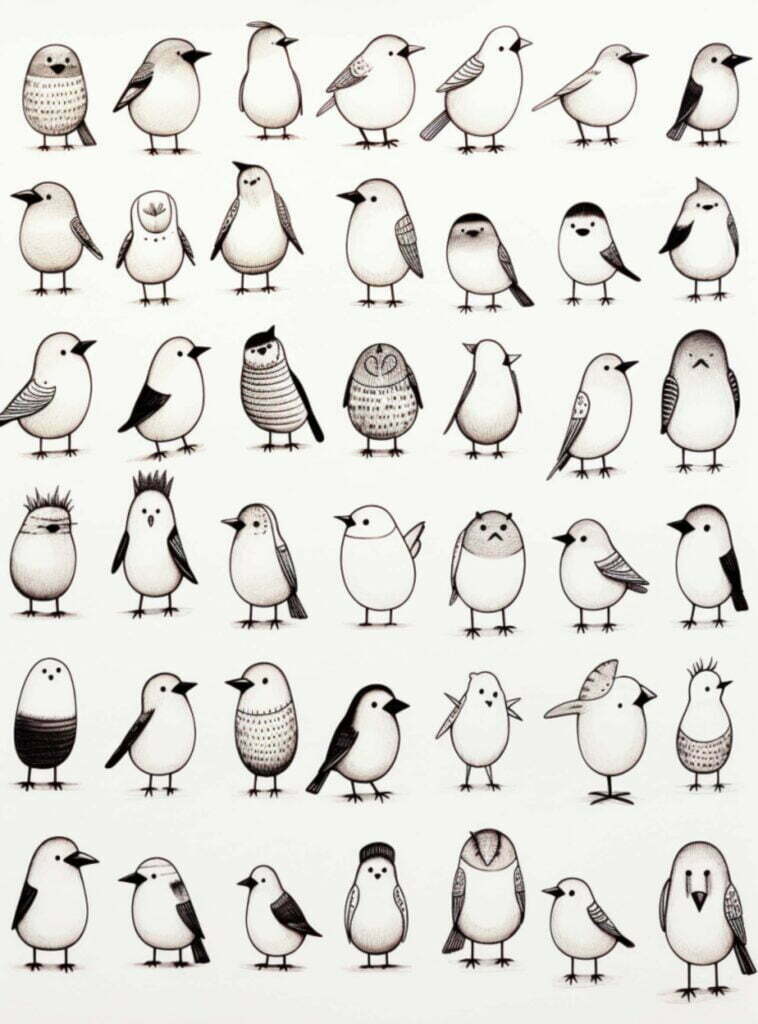
Drawing animals is a fun way to practice your drawing skills and create some of your very own cute drawings.
Here are some cute animals you can draw:
- A dog: Draw a big circle for the head, and two smaller circles for the ears. Add a nose and mouth, then draw the body and legs.
- Cats: Draw a small circle for the head, and two triangles for the ears. Add a nose and mouth, then draw the body and legs.
- Birds: Draw a small circle for the head, and a triangle for the beak. Add a body and wings.
- Pandas: Draw a big circle for the head, and two black circles for the ears. Add a nose and mouth, then draw the body and legs.
- Horses: Draw a big oval for the body, and a smaller oval for the head. Add the legs and tail.
- Wolves: Draw a big circle for the head, and two triangles for the ears. Add a nose and mouth, then draw the body and legs.
- Bunnies: Draw a small circle for the head, and two long ears. Add a nose and mouth, then draw the body and legs.
- Penguins: Draw a big circle for the body, and a smaller circle for the head. Add the wings and feet.
- Foxes: Draw a big circle for the head, and two triangles for the ears. Add a nose and mouth, then draw the body and legs.
Remember, when drawing animals, you can make them as cute or as realistic as you want. Use your imagination and have fun!
Creative Drawing Ideas
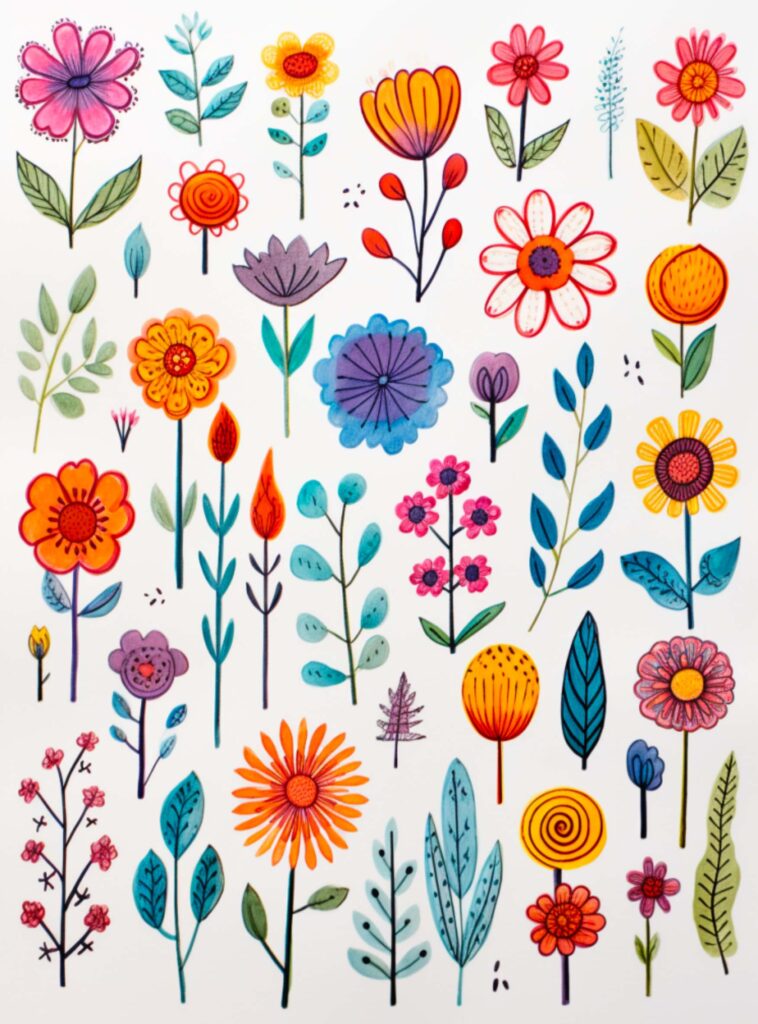
If you’re looking for small and creative drawing ideas, then you’ve come to the right place.
Here are some drawing prompts and ideas to help you get started with your next drawing project.
Doodling and Sketching
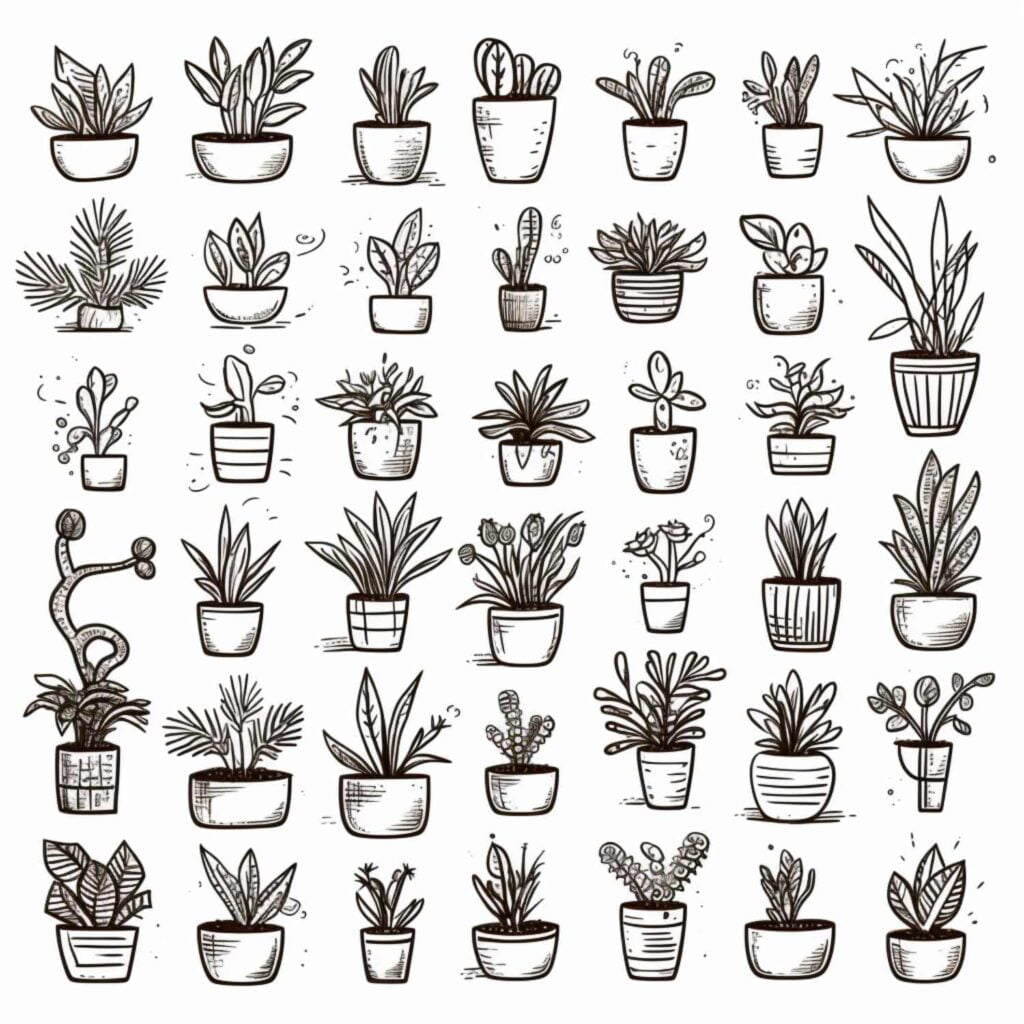
Doodling and sketching are great ways to get your creative juices flowing. You can doodle anything that comes to mind, from simple shapes to complex patterns.
Sketching is a more structured approach, where you can draw anything from still life to portraits.
To get started, grab a pen or pencil and a piece of paper. Start by drawing simple shapes or lines, and then build on them.
Don’t worry about making mistakes; doodling and sketching are all about exploring your creativity.
Drawing with Perspective
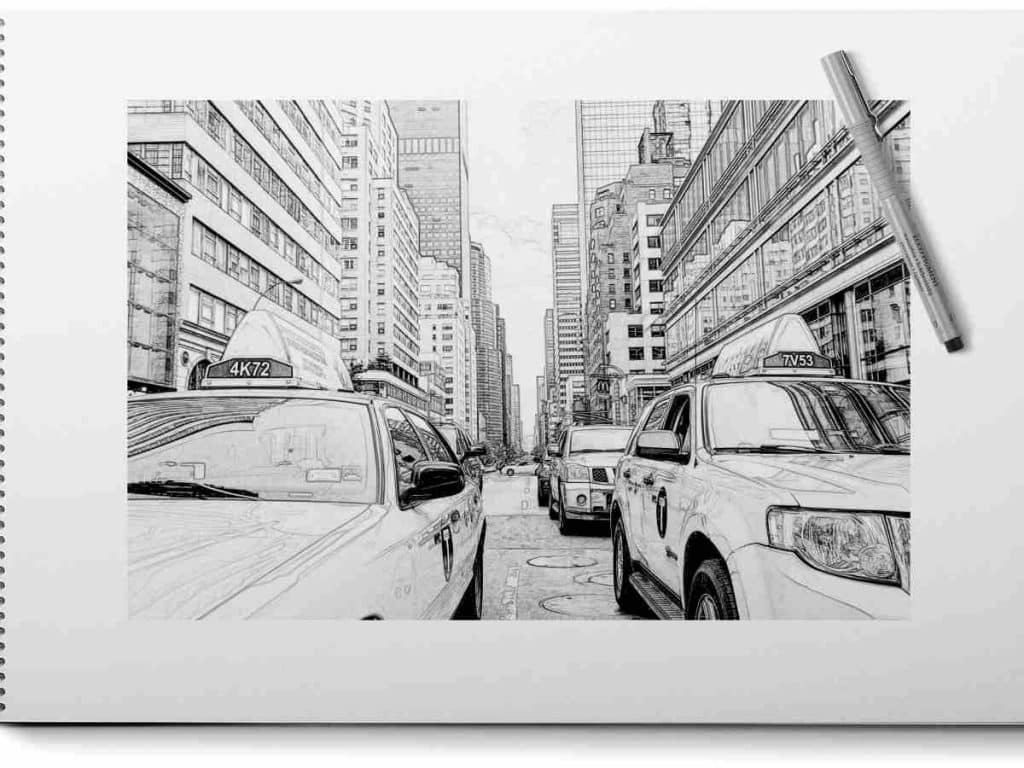
Drawing with perspective is a great way to add depth and dimension to your drawings. You can create a sense of space and distance by using vanishing points, horizon lines, and foreshortening.
To get started, choose a simple object to draw, such as a box or a book. Draw the object from different angles, and experiment with different perspectives.
You can also use reference photos to help you get a better understanding of perspective.
Drawing Patterns and Mandalas
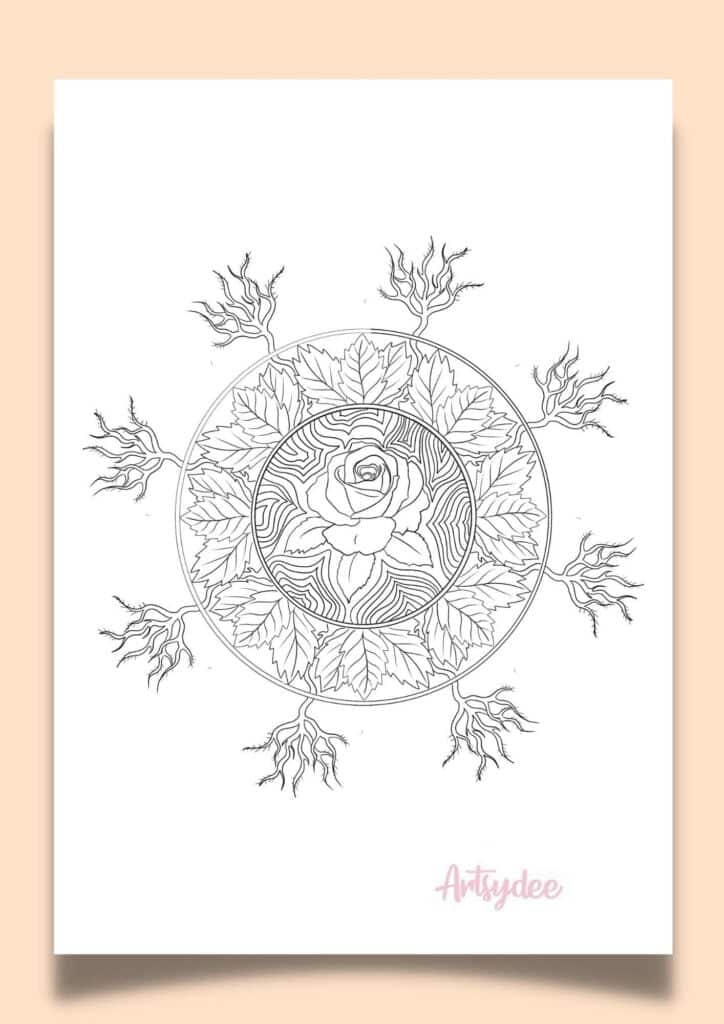
Drawing patterns and mandalas is a great way to create intricate and detailed drawings. You can use simple shapes and lines to create complex designs, and experiment with different colors and textures.
To get started, choose a simple pattern or mandala to draw. Start with a simple design and then build on it.
You can also use stencils or templates to help you create more complex designs.
These are just a few creative drawing ideas to help you get started. Experiment with different techniques and styles, and don’t be afraid to make mistakes.
The more you draw, the more you’ll improve, and the more creative you’ll become.
Seasonal Drawing Ideas
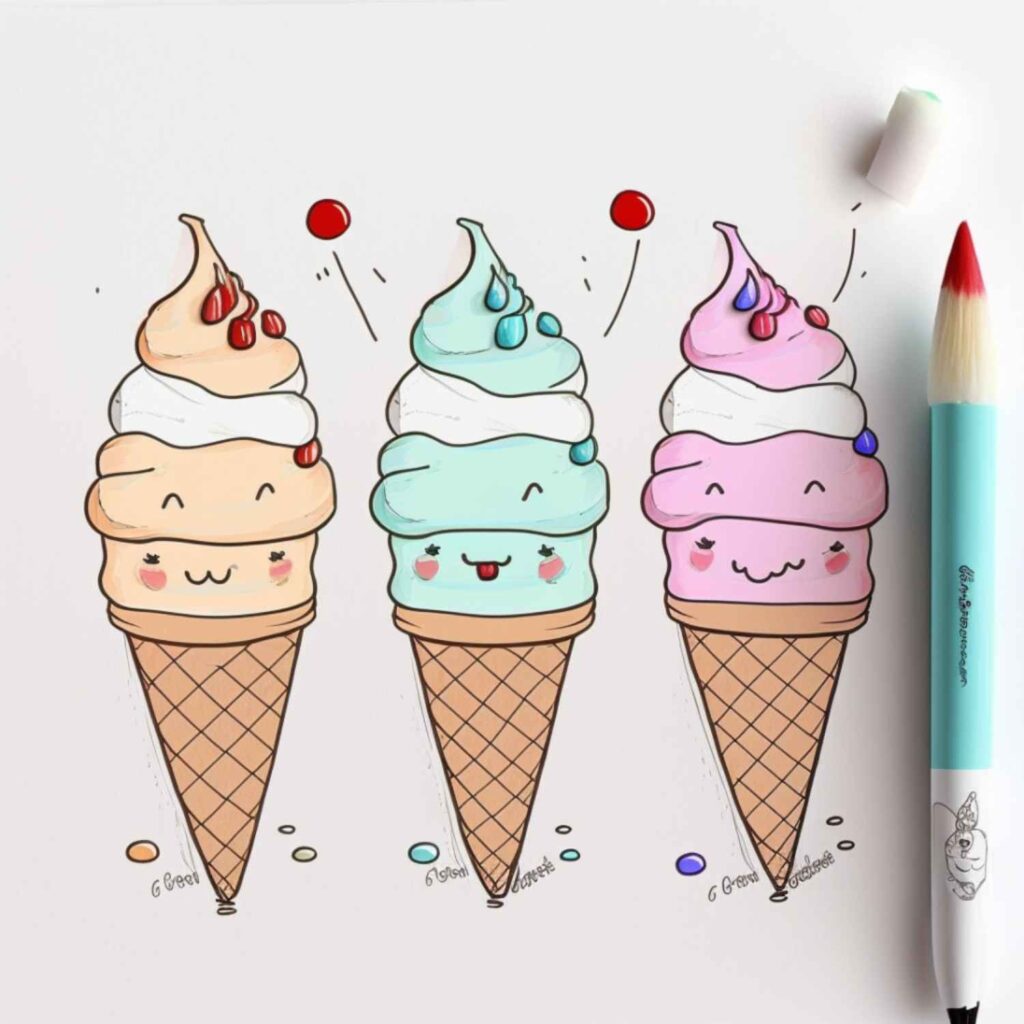
If you’re looking for some small drawing ideas that are perfect for the different seasons, then you’re in luck!
Whether you’re just starting out or you’re a seasoned artist, these seasonal drawing ideas are sure to inspire you.
Here are some ideas to get you started:
Christmas Drawing Ideas
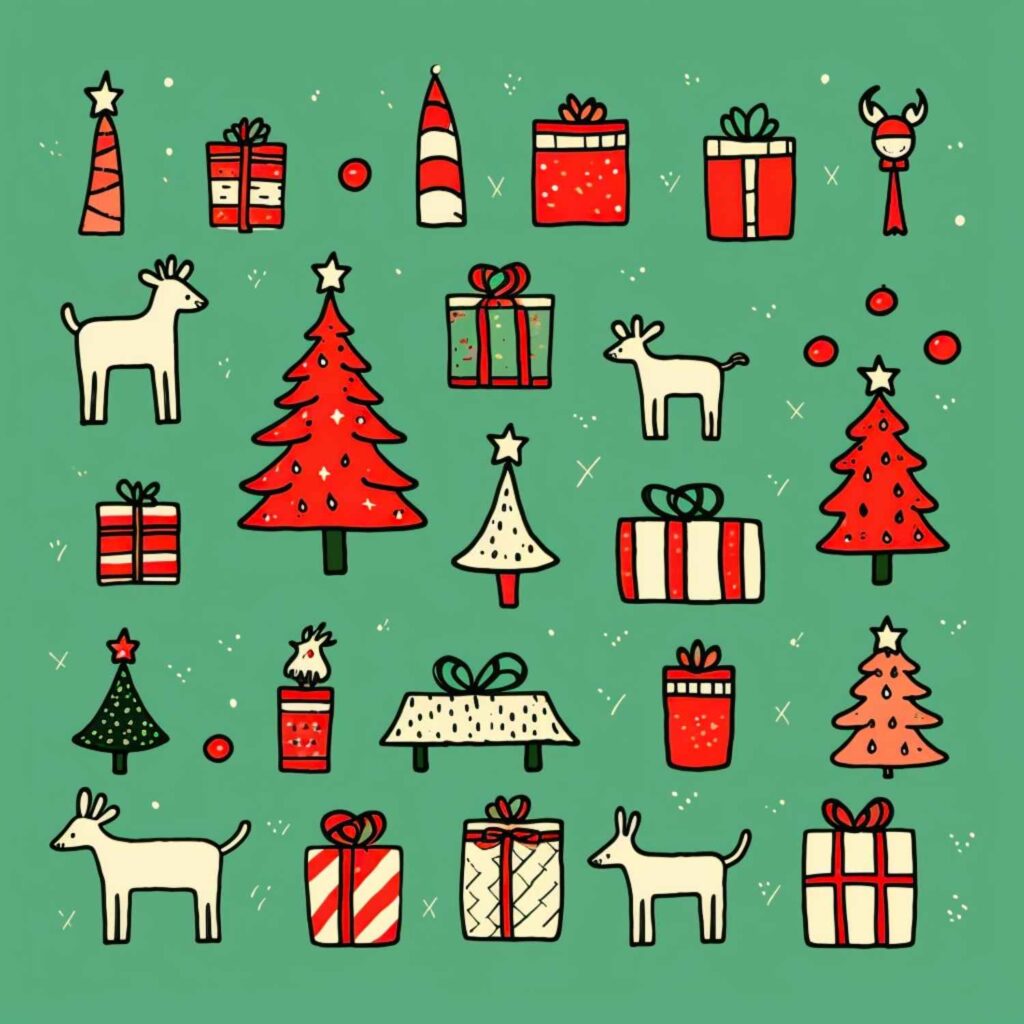
Christmas is a wonderful time of year, and there are so many things to draw that are related to the holiday.
Here are some Christmas drawing ideas to get you started:
- Draw a Christmas tree with ornaments and presents underneath it.
- Draw a snowman with a carrot nose and a top hat.
- Draw a reindeer with a red nose and a Santa hat.
- Draw a candy cane with red and white stripes.
- Draw a gingerbread house with candy decorations.
Halloween Drawing Ideas
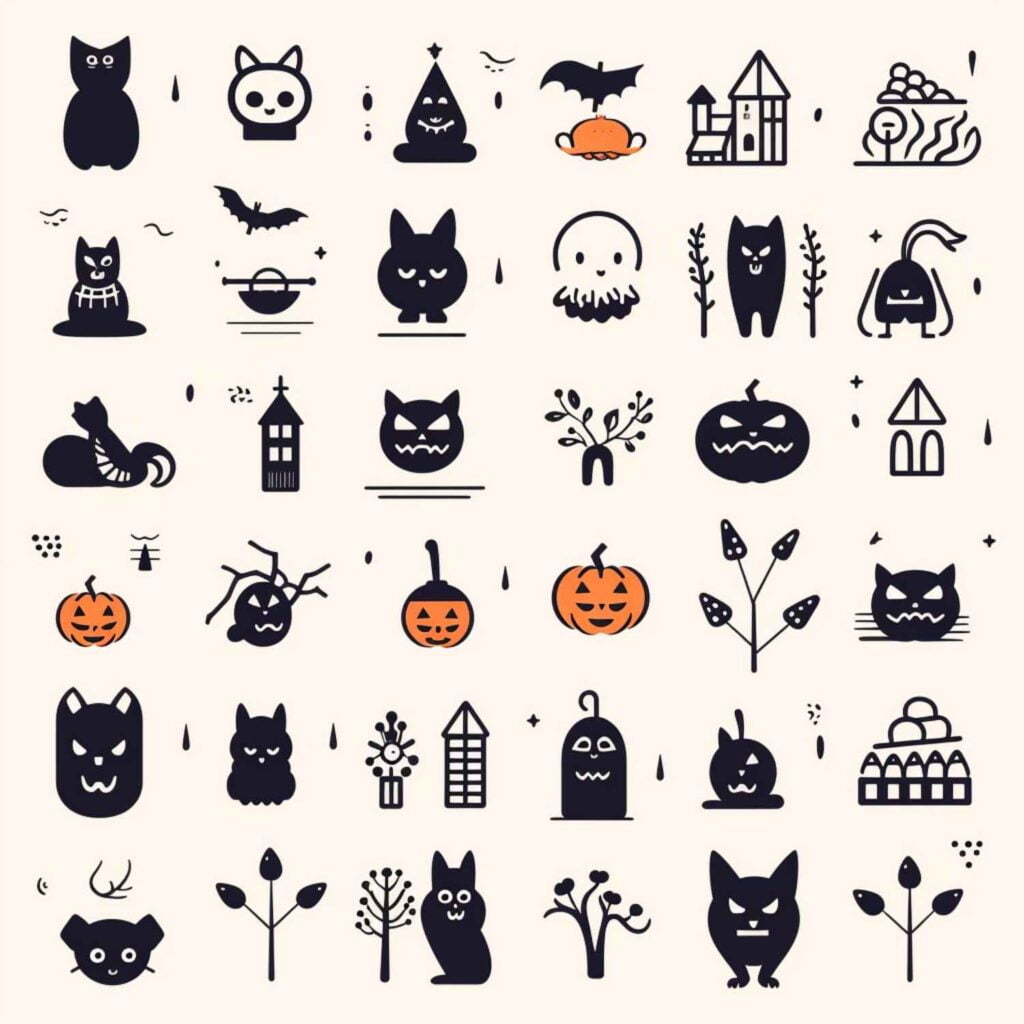
Halloween is a spooky and fun holiday that is perfect for drawing.
Here are some Halloween drawing ideas to get you started:
- Draw a haunted house with ghosts and spiderwebs.
- Draw a pumpkin with a scary face carved into it.
- Draw a witch with a pointy hat and a broomstick.
- Draw a black cat with glowing eyes.
- Draw a sugar skull with colorful decorations.
No matter what season it is, there are always plenty of things to draw.
Drawing Ideas for Advanced Artists
If you are an advanced artist looking for new drawing ideas, then you have come to the right place. Here are some creative and challenging drawing ideas that will help you take your skills to the next level.
Drawing Buildings and Cityscapes
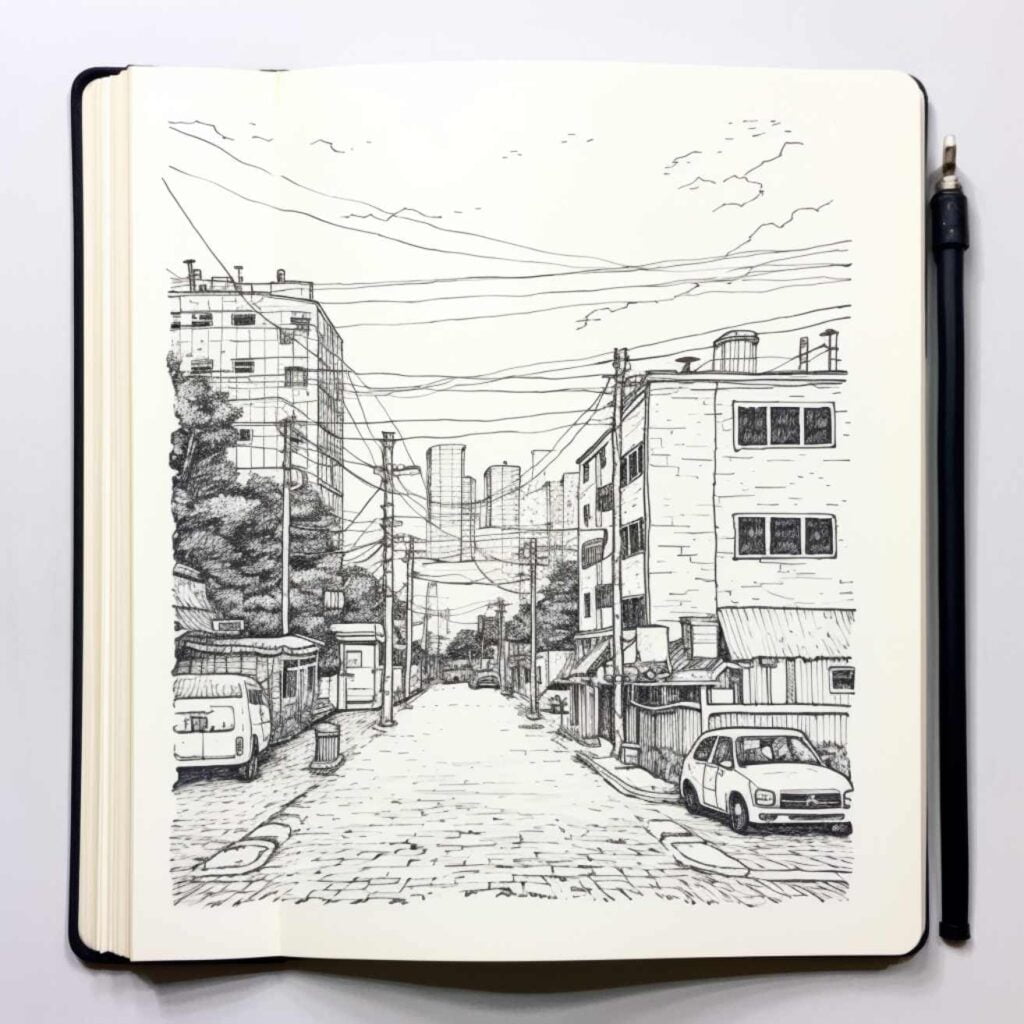
Drawing buildings and cityscapes can be a great way to challenge yourself as an artist. You can experiment with different perspectives, lighting, and shading techniques to create stunning and realistic drawings.
To get started, choose a building or cityscape that inspires you. You can use reference photos or sketch on location if possible.
Pay attention to the details of the architecture, such as the texture of the bricks or the way the windows reflect the light.
Self-Portrait Drawing
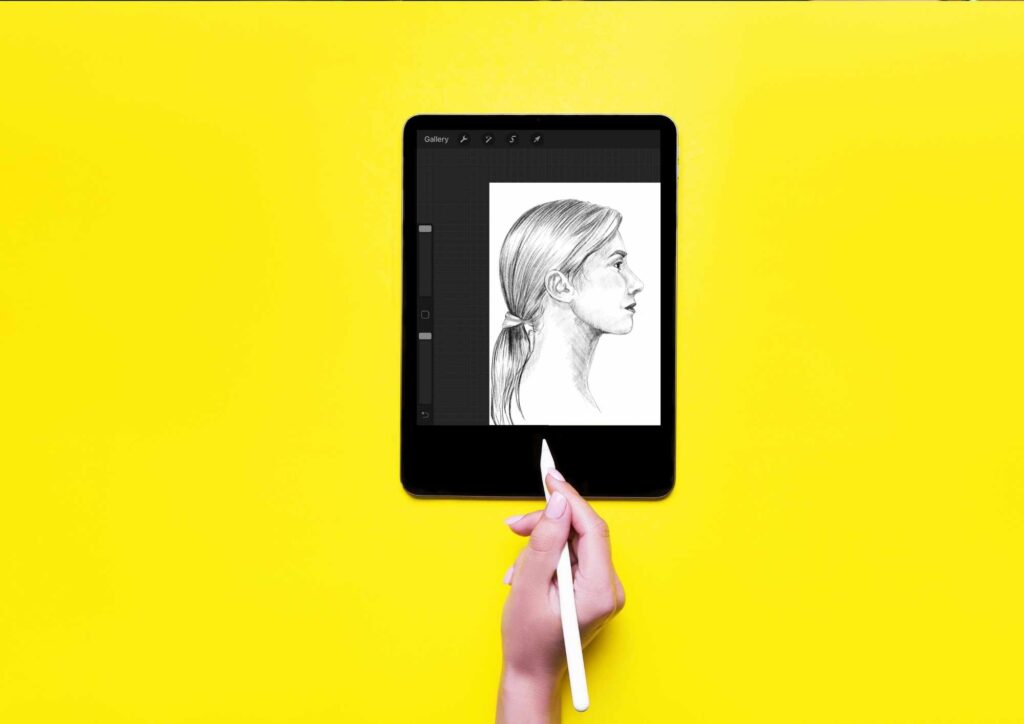
Drawing a self-portrait can be a challenging but rewarding experience for advanced artists. It allows you to explore your own features and expressions in a new way, and can also be a great exercise in self-reflection.
To get started, set up a mirror or take a photo of yourself to use as a reference. Pay attention to the details of your face, such as the shape of your eyes, nose, and mouth, and the way your hair falls.
When drawing a self-portrait, it is important to capture your likeness as accurately as possible.
Use shading and highlights to create depth and dimension in your features, and pay attention to the proportions of your face.
Basic Drawing Skills To Practice
Drawing is a skill that anyone can learn with practice. To become a proficient artist, you need to master some basic drawing skills.
These skills include understanding shapes, proportions, lines, and geometric shapes.
Shapes
Shapes are the building blocks of drawing. You can create any object by breaking it down into basic shapes such as circles, squares, and triangles.
Start by practicing drawing simple shapes, then move on to more complex shapes. With practice, you will be able to draw any shape accurately.
Proportions
Proportions are the relationships between different parts of an object. Accurate proportions are essential for creating a realistic drawing.
You can learn to draw accurate proportions by observing your subject and breaking it down into basic shapes.
Pay attention to the size and position of each shape in relation to the others.
Lines and Shapes
Lines and shapes are the basic elements of drawing. You can create any object by combining lines and shapes.
Practice drawing straight lines, curved lines, and different types of shapes. With practice, you will be able to create complex drawings with ease.
Geometric Shapes
Geometric shapes are the foundation of all forms. Learning to draw basic geometric shapes such as cubes, spheres, and cylinders will help you create more complex forms.
Practice drawing these shapes from different angles and in different lighting conditions.
Accurate Proportions
Accurate proportions are essential for creating a realistic drawing.
You can learn to draw accurate proportions by observing your subject and breaking it down into basic shapes.
Pay attention to the size and position of each shape in relation to the others.
Advanced Drawing Techniques
Now that you have a solid foundation in drawing skills, it’s time to take your art to the next level with advanced drawing techniques.
These techniques will help you create more complex and detailed drawings that truly stand out.
Perspective
One of the most important elements of advanced drawing is perspective. This is the technique of creating the illusion of depth and distance in your drawings.
There are several different types of perspective, including one-point, two-point, and three-point perspective.
By mastering these techniques, you can create drawings that look more realistic and three-dimensional.
Shading and Texture
Shading and texture are also essential elements of advanced drawing.
By using different shading techniques, such as cross-hatching and stippling, you can create the illusion of depth and texture in your drawings.
This can help your drawings look more realistic and detailed.
Shadow and Light
Shadow and light are also important elements of advanced drawing. By understanding how light falls on objects and creates shadows, you can create drawings that look more realistic and three-dimensional. This can help your drawings stand out and look more professional.
Volume
Creating the illusion of volume is another important technique in advanced drawing. This involves creating the illusion of depth and solidity in your drawings.
By using shading techniques and paying attention to light and shadow, you can create drawings that look more three-dimensional and lifelike.
Different Perspective
Finally, it’s important to experiment with different perspectives in your drawings. This can help you create more interesting and dynamic compositions. Try drawing from unusual angles or using extreme foreshortening to create dramatic effects.
Practicing Drawing Skills
Improving your drawing skills requires consistent practice and dedication. Whether you’re a beginner or a seasoned artist, practicing drawing regularly can help you develop your technical skills and hone your creativity.
Here are some tips on how to practice drawing effectively:
Make Daily Drawing a Habit
One of the best ways to improve your drawing skills is by making drawing a part of your daily routine. Set aside a specific time each day to practice drawing and start a daily sketchbook, even if it’s just for 15-30 minutes. This consistent daily practice will help you build momentum and improve your skills over time.
Try Different Drawing Exercises
There are many different drawing exercises that you can try to improve your skills. For example, you can practice drawing from observation by sketching objects around you or drawing still-life setups.
You can also practice drawing from imagination by creating your own characters or scenes. Experiment with different techniques and mediums to find what works best for you.
Focus on Improvement, Not Perfection
Remember that the goal of practicing drawing is to improve your skills, not to create perfect drawings every time.
Don’t get discouraged if your drawings don’t turn out exactly how you imagined them. Instead, focus on what you can learn from each drawing and how you can improve in the future.
Seek Feedback and Critique
Getting feedback and critique from other artists can be incredibly helpful in improving your drawing skills.
Joining a local art group or online community can provide you with a supportive environment where you can share your work and get constructive feedback.
Have Fun with Daily Exercises
Finally, remember to have fun with your daily drawing exercises. Don’t put too much pressure on yourself to create a masterpiece every time you pick up your pencil. Enjoy the process of practicing drawing and exploring your creativity.
With consistent practice and dedication, you can improve your drawing skills and create artwork that you’re proud of.
Types of Drawing Exercises
If you’re looking to improve your drawing skills, there are several types of drawing exercises you can practice. Each exercise focuses on different aspects of drawing, and can help you develop your skills in a variety of ways.
Gesture Drawing
Gesture drawing is a quick and loose style of drawing that focuses on capturing the movement and energy of a subject.
It’s a great exercise for improving your ability to draw fluid and dynamic lines, and can be practiced with a timer and draw freehand. S
et a timer for a short amount of time, such as 30 seconds or a minute, and draw the subject quickly, focusing on the overall form and movement.
Contour Drawing
Contour drawing involves drawing the outline of a subject, focusing on the edges and shapes. It’s a great exercise for improving your ability to create accurate proportions and shapes, and can be practiced with blind contour drawing.
In blind contour drawing, you draw the subject without looking at your paper, focusing only on the subject itself.
Negative Space Drawing
Negative space drawing involves drawing the space around a subject, rather than the subject itself. It’s a great exercise for improving your ability to see and draw shapes accurately, and can be practiced with negative space drawing.
In negative space drawing, you draw the space around the subject, rather than the subject itself.
Timed Drawing Exercise
Timed drawing exercises involve setting a timer and drawing a subject within a certain amount of time. It’s a great exercise for improving your ability to work quickly and accurately, and can be practiced with a timer and draw freehand.
Set a timer for a short amount of time, such as 5 or 10 minutes, and draw the subject within that time frame, focusing on accuracy and speed.
Using Sketchbooks and References
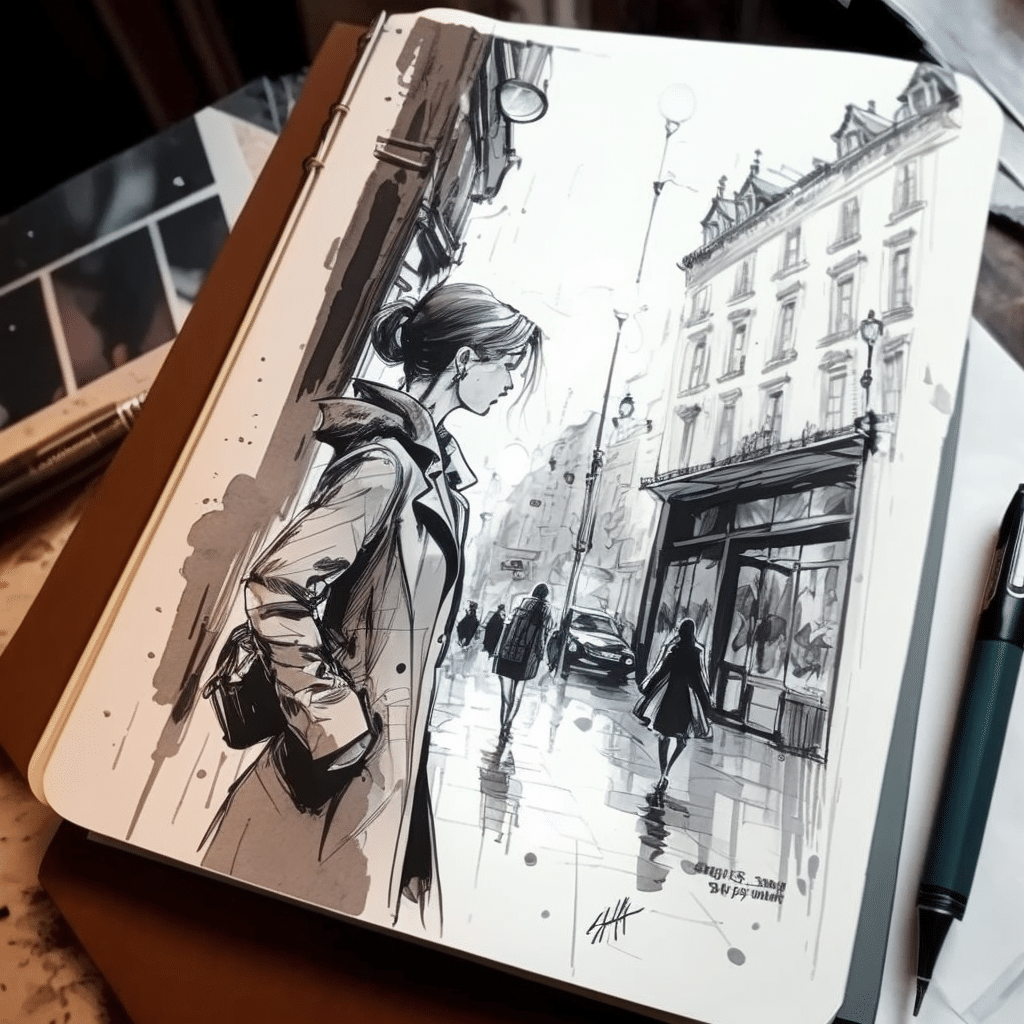
Sketchbooks are an essential tool for any artist looking to improve their drawing skills.
They provide a space for you to practice your drawing techniques, experiment with different media, and explore new ideas.
Here are some tips on how to use sketchbooks effectively:
- Keep your sketchbook with you at all times. You never know when inspiration might strike, and having your sketchbook on hand means you can capture those ideas as they happen.
- Use your sketchbook to practice drawing from life. Whether you’re drawing objects on your desk or people in a coffee shop, drawing from life is an excellent way to improve your observational skills.
- Experiment with different media. Your sketchbook is the perfect place to try out new pens, pencils, or paints. You can also experiment with different techniques, such as cross-hatching or stippling.
References are another valuable tool for artists. They provide a visual guide for your drawings and can help you improve your accuracy and realism.
Here are some tips on using references effectively:
- Choose a reference image that is clear and well-lit. If you’re drawing from a photograph, make sure it’s in focus and has good lighting.
- Trace the image to improve your pencil drawing skills. Tracing is an excellent way to learn how to draw accurately and can help you improve your hand-eye coordination.
- Use references as a starting point, not a crutch. While references can be helpful, it’s essential to develop your own style and not rely too heavily on them.
Doodling in your sketchbook is also a great way to improve your drawing skills. Check out these cute little doodles. It allows you to explore new ideas and experiment with different techniques without the pressure of creating a finished piece.
Drawing from Observation
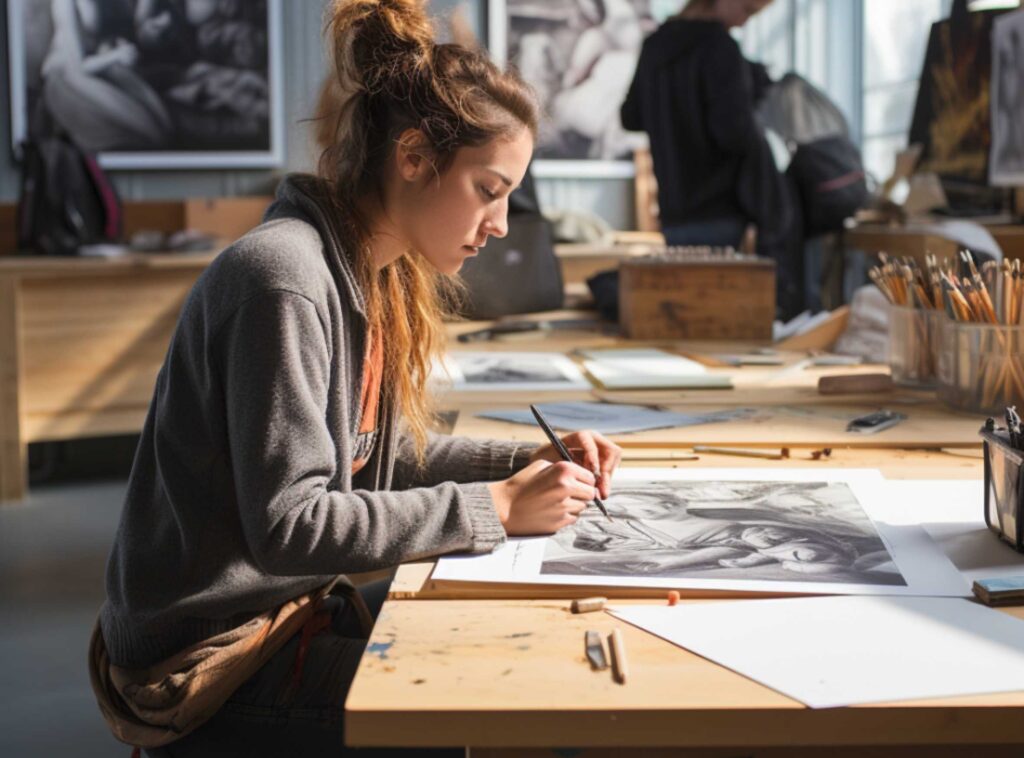
One of the best ways to practice drawing from observation is to go outside and draw from nature.
Find a quiet spot in a park or garden and observe the plants, flowers, and trees around you. Take note of their shapes, colors, and textures, and try to capture them in your drawing.
If you want to improve your skills in drawing the human form, try drawing people in public places or in action poses.
Observe their poses, gestures, and expressions, and try to capture them in your drawing. This will help you develop your skills in drawing the human figure and improve your ability to capture movement and emotion in your drawings.
Drawing from observation is a skill that takes practice and patience. Don’t be discouraged if your drawings don’t turn out perfectly at first.
Exploring Different Mediums
If you want to improve your drawing skills, it’s important to experiment with different mediums. Each medium has its own unique characteristics, and exploring different mediums can help you find the one that suits you best.
Here are some tips to help you get started:
Try a New Drawing Medium
There are many different drawing mediums to choose from, including pencils, pens, charcoal, and pastels.
Each medium has its own unique characteristics, and experimenting with different mediums can help you find the one that suits you best.
For example, if you prefer a more precise and controlled drawing style, you might enjoy using a mechanical pencil.
If you prefer a more expressive and loose drawing style, you might enjoy using charcoal.
Use Different Brushes
If you’re interested in painting, it’s important to experiment with different brushes.
Different brushes have different shapes, sizes, and textures, and each brush can create a unique effect.
For example, a round brush is great for creating fine lines and details, while a flat brush is great for creating broad strokes and washes.
Try using different brushes to see how they affect the way your painting looks.
Explore Different Types of Paint
There are many different types of paint to choose from, including acrylic, oil, and watercolor.
Each type of paint has its own unique characteristics, and experimenting with different types of paint can help you find the one that suits you best.
For example, if you prefer a more opaque and vibrant color, you might enjoy using acrylic paint.
If you prefer a more subtle and transparent color, you might enjoy using watercolor.
Use Brushes in Different Ways
When you’re painting, it’s important to experiment with different ways of using your brushes. For example, you can use a dry brush to create a textured effect, or you can use a wet brush to create a smooth wash. Try using your brushes in different ways to see how they affect the way your painting looks.
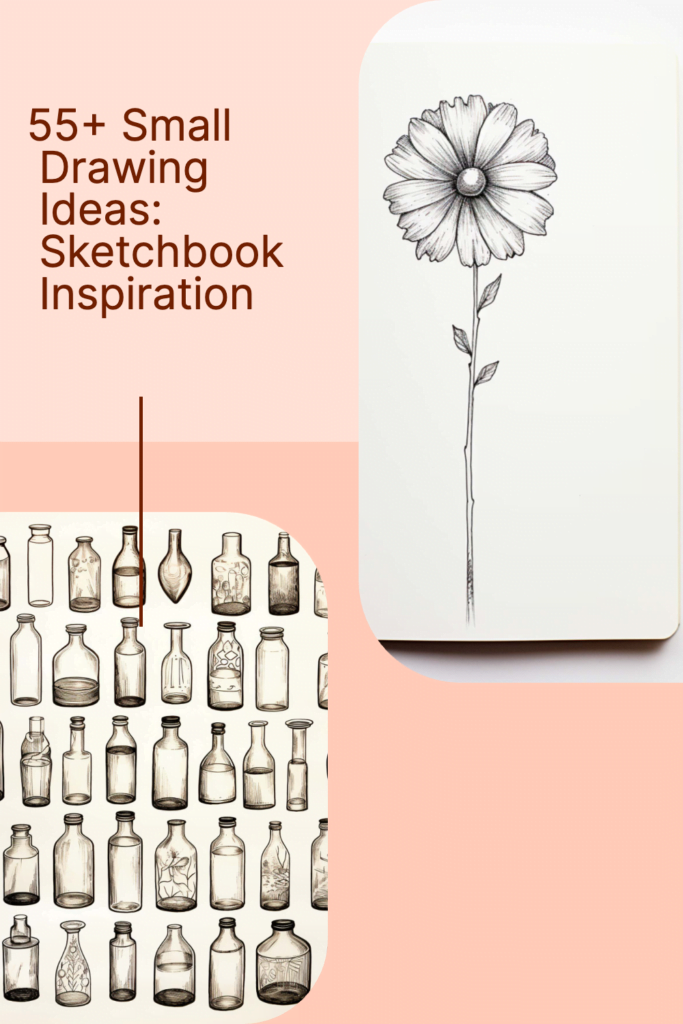
Final Thoughts: Challenging Yourself in Drawing
If you want to improve your drawing skills, it’s important to challenge yourself. Drawing the same things over and over again can become monotonous and limit your growth as an artist.
By pushing yourself out of your comfort zone, you can discover new ideas and techniques that will help you become a better artist.
One way to challenge yourself is to draw things that are difficult or unfamiliar. For example, if you usually draw animals, try figure drawing or drawing buildings or landscapes.
If you usually draw in black and white, try adding color to your drawings. By trying new things, you can expand your skills and develop a more diverse portfolio.
Another way to challenge yourself is to set goals.
For example, you could aim to draw one new thing every day for a week. Or, you could challenge yourself to draw a complex scene with multiple characters.
By setting goals, you can stay motivated and track your progress.
It’s also important to practice regularly. Even if you only have a few minutes a day, practicing consistently can help you improve your skills over time. Consider setting aside a specific time each day for drawing, whether it’s in the morning or before bed.
Remember, challenging yourself doesn’t mean you have to be perfect. It’s okay to make mistakes and learn from them.
By taking risks and trying new things like the small drawing ideas in this post, you can discover your strengths and weaknesses as an artist and continue to grow and improve.
Don’t be afraid to experiment with different techniques and materials. Whether you prefer pencils, pens, or markers, there are endless possibilities when it comes to creating small drawings.
You can even try using unconventional materials like painting with coffee or tea stains to add a unique touch to your artwork.
If you’re looking for more inspiration, try searching for small drawing challenges online. These challenges often provide prompts or themes to help you get started and can be a great way to connect with other artists. You can also check out these art journal prompts for more drawing ideas.
Remember, the most important thing is to have fun and enjoy the process of creating. So grab your sketchbook and start drawing!
Frequently Asked Questions
What are some cute and easy small drawing ideas for beginners?
If you’re new to drawing, it can be challenging to come up with ideas. Some cute and easy small drawing ideas for beginners include drawing a cupcake, a flower, a puppy, or a cartoon character. You can also try drawing a simple landscape, a butterfly, or a heart. These are all great options to start with.
How can I come up with creative small drawing ideas?
When it comes to drawing, inspiration can come from anywhere. One way to come up with creative small drawing ideas is to look at your surroundings and draw what you see. You can also try drawing your favorite food, a dream vacation spot, or your favorite animal. Another way to come up with creative ideas is to draw something that represents your mood or emotions.
What are some cool and unique small drawing ideas?
If you’re looking for something cool and unique to draw, try drawing a mandala, a cityscape, a fantasy creature, or a surreal landscape. You can also try drawing a portrait of your favorite musician or actor, or a scene from your favorite movie or book. These are all great options for cool and unique small drawing ideas.
What are some mini drawing ideas that can be done quickly?
If you’re short on time, there are still plenty of mini drawing ideas that you can do quickly. Try drawing a simple geometric pattern, a cartoon character, or a flower. You can also try drawing a quick sketch of a building, a tree, or a bird. These are all great options for mini drawing ideas that can be done quickly.
